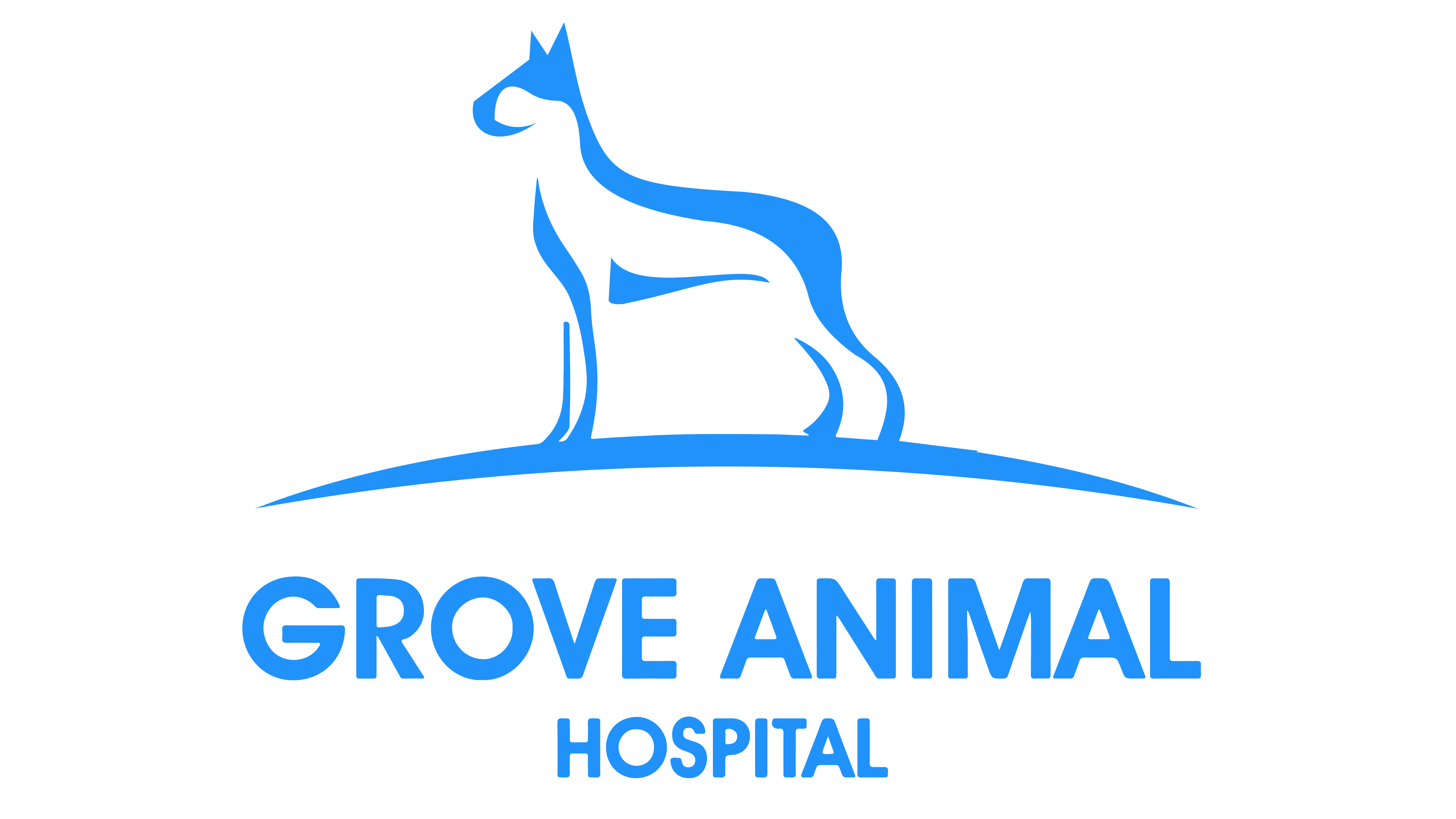Veterinary x-ray Service Coconut Grove Fl
Grove Animal Hospital Veterinarian
X-rays are an imaging technology that allows us to see the size, shape, and position of internal structures. X-rays are generated inside a medical x-ray tube and captured by a digital sensor. As X-rays pass through a patient, many of the x-rays are blocked from reaching the sensor. The varying number of x-rays reaching the sensor in each spot creates the overall picture, the radiograph.
Radiographs are commonly used in veterinary medicine because they are readily available, noninvasive, and are very helpful in diagnosing a variety of conditions. Common uses of radiographs (X-rays) include the following:
Evaluating bones and joints in a limping animal:
- Radiographs can show injuries such as a broken bone, arthritis or other joint disease, or tumors in the bone or joints
Evaluating the heart and lungs in an animal that is coughing or having a breathing problem or that has a heart murmur.
- Radiographs are excellent for looking at the lungs and diagnosing pneumonia, asthma, and lung tumors.
- Radiographs can also show enlargement of the heart that occurs with chronic heart disease or heartworm infections.
Evaluating the gastrointestinal tract in an animal that is vomiting.
- Radiographs can show some foreign objects, especially those that are very dense, such as bones, rocks, or metallic objects.
- We also look for any signs of intestinal obstruction or large abdominal tumors with radiographs.
- Some things in the abdomen cannot be seen well with radiographs (smaller tumors in the spleen and liver, thickening of intestines, smaller less dense foreign objects), and for those we generally use ultrasound.
Looking for urinary stones
- Many animals that are straining to urinate and have blood in their urine, have urinary tract infections; but some of those also have stones in the urinary tract. Many urinary stones can be diagnosed with radiographs.
Grove Animal Hospital uses digital X-ray equipment, which produces a high quality radiograph image which is then transfer to a computer. Because the radiograph image is stored digitally, it can be sent directly to a board-certified veterinary radiologist for review.
Many animals are very cooperative for radiographs. However there are some animals that are very scared or painful. In these cases we can give medication for anxiety and/or pain to make the process more comfortable for them and allow us to get better images.


